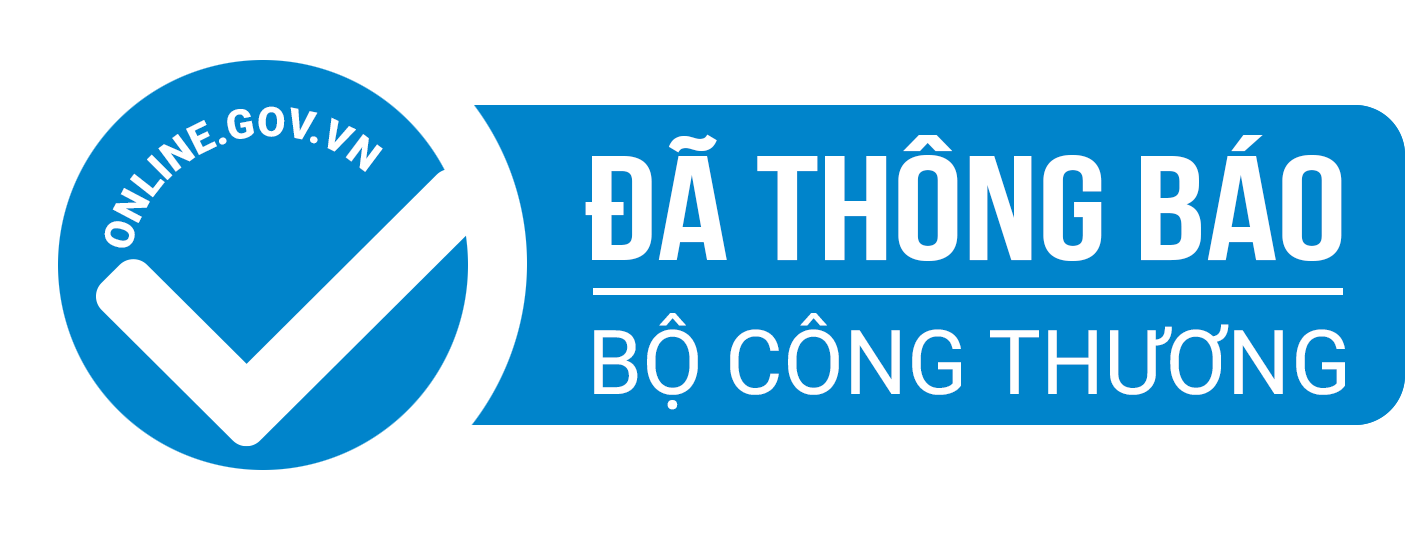Elbow Injury
Fractures or dislocations at the elbow usually result from a fall onto the hand. Children often fracture the upper arm bone just above the elbow. This is an unstable fracture, and the bone ends may damage the blood vessels. Circulation in the arm needs to be checked regularly. In any elbow injury, the elbow will be stiff and difficult to straighten. Never try to force a casualty to bend it.
CAUTION
- If the casualty feels faint, help her to lie down.
- Do not allow the casualty to eat or drink because an anesthetic may be needed.
- Do not try to move the injured arm.
SYMPTOMS
There may be:
- Pain, increased by movement.
- Tenderness over the site of a fracture.
- Swelling, bruising and deformity.
- Fixed elbow.
WHAT TO DO
- If the elbow can be bent, treat as for upper arm injury opposite. Remove all jewelry such as bracelets, rings and watches.
- If the casualty cannot bend her arm, help her to sit down. Place padding, such as a towel, around the elbow for comfort and support.
- Secure the arm in the most comfortable position for the casualty using broad-fold bandages. Keep the bandages clear of the fracture site.
- Call ∗9999 to arrange for the patient to be sent to a medical center.
- Check the wrist pulse in the injured arm every ten minutes until medical help arrives. If you cannot feel a pulse, gently undo the bandages and straighten the arm until the pulse returns. Support the arm in this position.
Information courtesy St. John’s Ambulance


